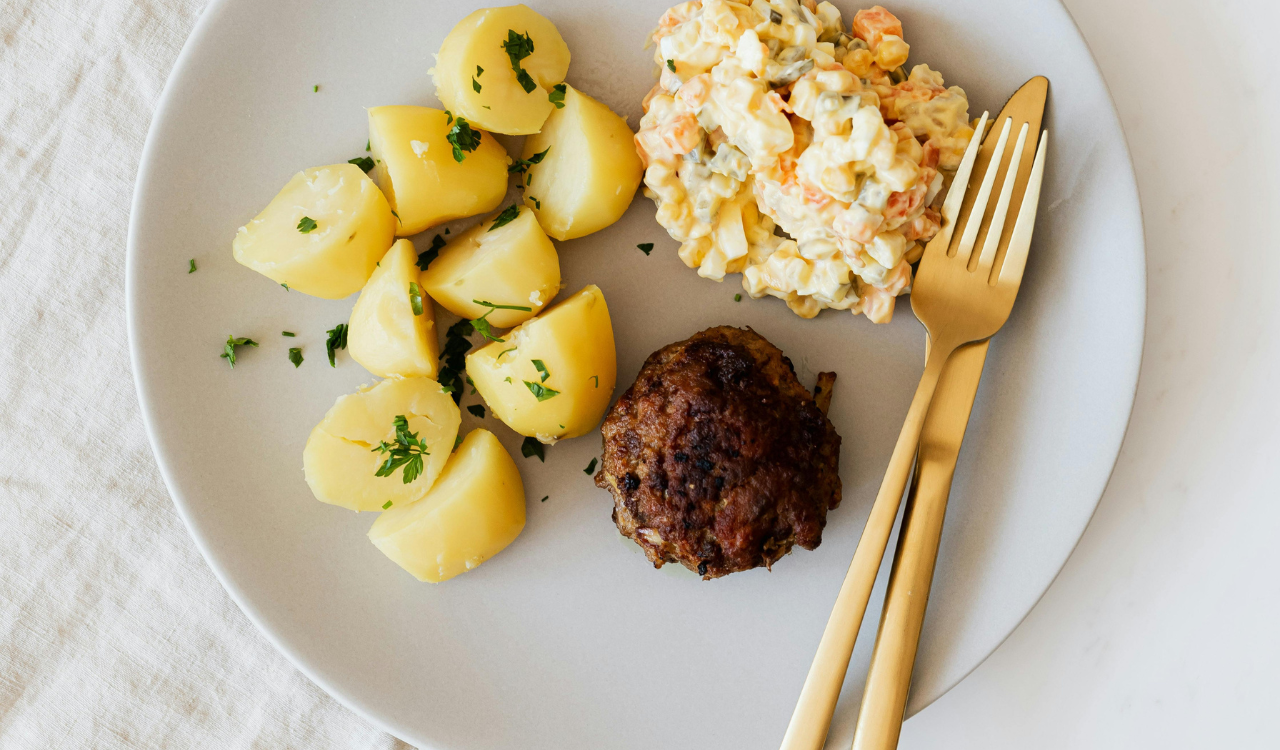13 Canned Staples Every U.S. Kitchen Should Keep On Hand
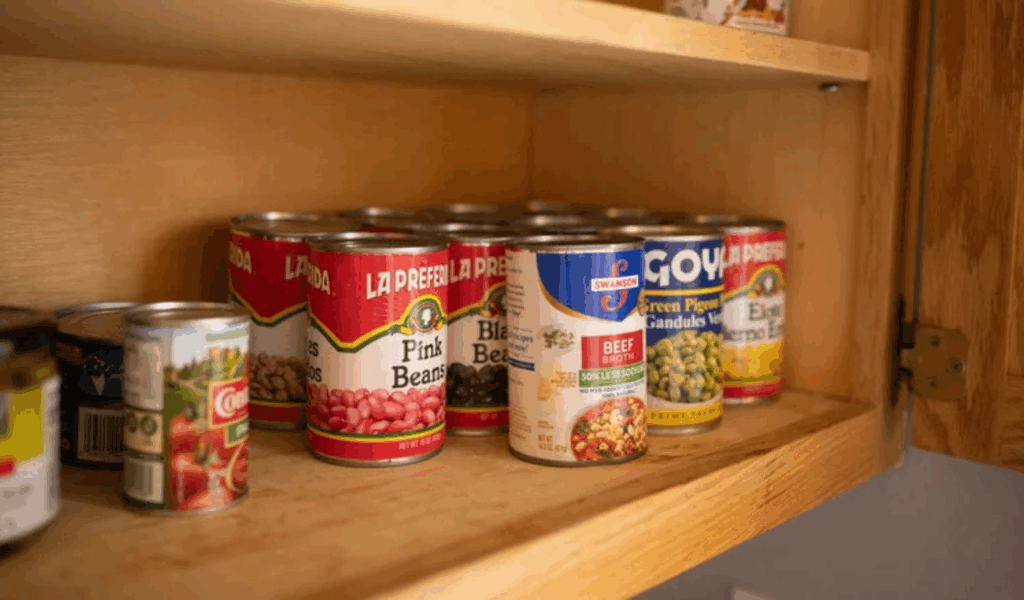
One of the best decisions any home cook can make is to keep a well-stocked pantry of canned goods. Cans provide durability, ease of use, and adaptability—particularly in situations where fresh produce is scarce, schedules are constrained, or guests show up out of the blue. The secret is to pick products that are multipurpose, nourishing, and creatively stimulating. 13 canned staples that provide protein, fiber, flavor, and a fallback when your fridge is empty are listed in this article. They all deserve their place because they are adaptable, shelf-stable, and can be quickly transformed into meals.
1. Canned Beans (Black, Kidney, Pinto, White)
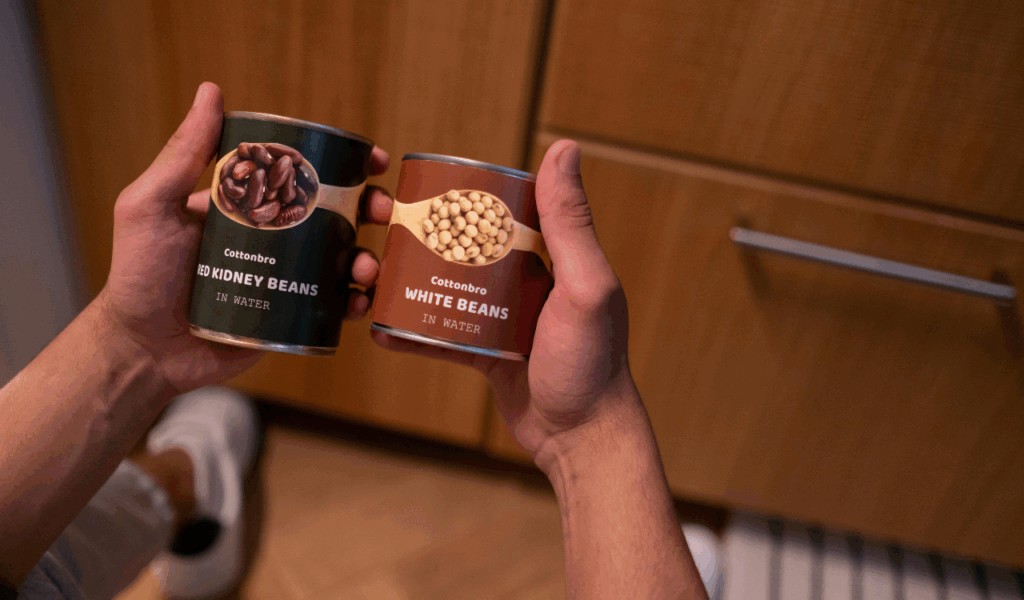
Packed with fiber, iron, potassium, and plant protein, canned beans are a kitchen staple. They save numerous hours because they are already cooked; no soaking or lengthy simmering is required. They can be used in chili, soups, salads, burritos, dips, or even baking after being rinsed to lower the sodium content. Research indicates that canned beans maintain a significant portion of their nutritional value when compared to dried beans prepared at home. Aim for a range of varieties (black, kidney, and navy) as a basic to ensure that your pantry never feels constrained.
2. Canned Diced / Crushed / Whole Tomatoes

Because they can be used as the foundation for a variety of dishes, including shakshuka, stews, chilis, and sauces, tomatoes are one of the most basic canned ingredients. When fresh tomatoes aren’t available, canned tomatoes—whether chopped, crushed, whole, or fire-roasted—bring sweetness, umami, and acidity. They are frequently suggested as the default starting point for pantry cooking in cooking guides. Tomato cans can withstand more acidic conditions than many vegetables, so choose varieties with little added sugar or salt and store them upright, cool, and dry.
3. Canned Tuna / Salmon / Sardines

A pantry staple for convenience, protein, and omega-3 fats is canned fish. You can eat tuna (in water or oil), salmon (usually bone-in, which increases calcium), or sardines right out of the can—on toast, in salads, pasta, or casseroles. These are listed as essential canned foods in the Daily Meal. After opening the can, always inspect it for dents or swelling, and use it within a few days. When possible, choose packaging that is BPA-free; many manufacturers now label this option.
4. Canned Chicken / Turkey

Canned poultry is a convenient alternative to fresh meat when you can’t or don’t want it. It is already cooked, has a mild flavor, and works well in casseroles, salads, soups, and sandwiches. The top staples, according to Clean Eating, should be canned fish or chicken. It has a neutral flavor, so you can add a lot of seasoning without it tasting “canned.” Use within the suggested date ranges and store in a moderate temperature, just like you would with any other can.
5. Canned Soup / Broth / Stock
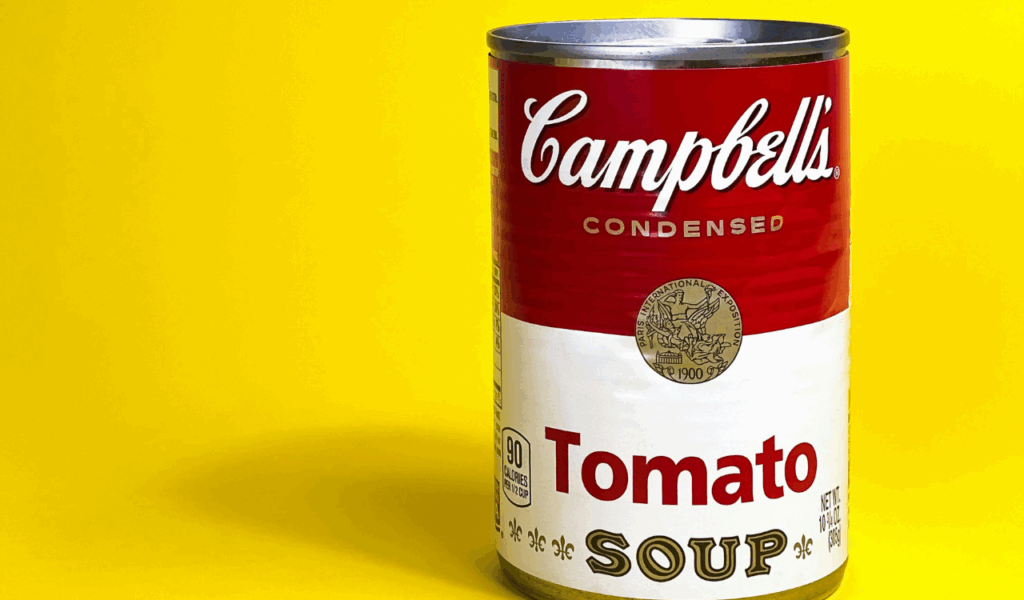
Convenience and depth are offered by canned soups or concentrated broths or stocks. Simple ingredients can be turned into a tasty base with the help of a good vegetable or chicken broth. When you don’t have a lot of fresh ingredients, soups that are creamy or broth-based are also quick fixes. One of the pantry necessities for the Daily Meal is canned soup. To keep the final salt levels in your dish under control, look for low-sodium varieties or those that say “no added MSG.”
6. Canned Coconut Milk / Cream
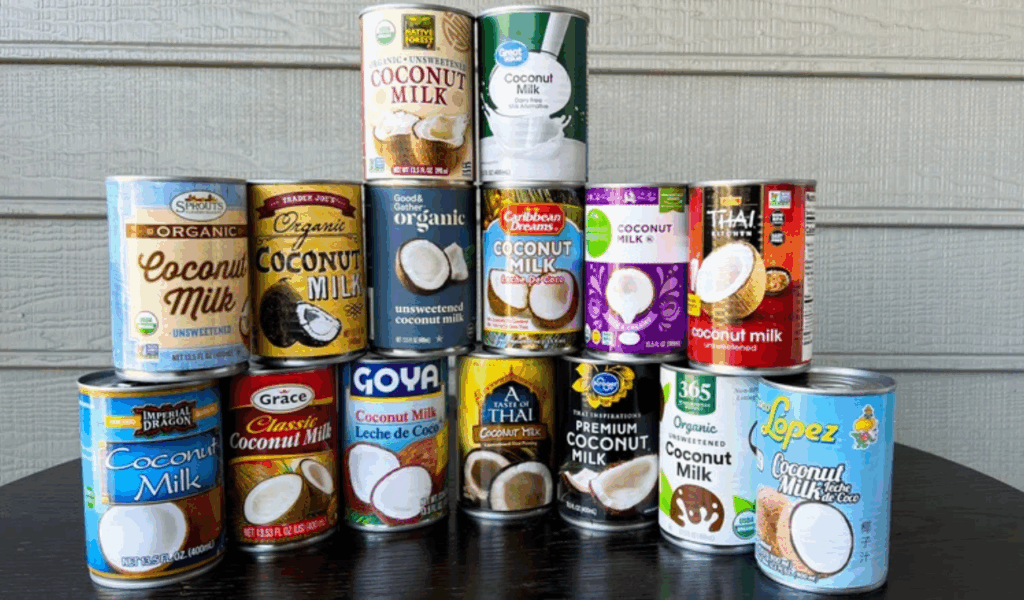
For curries, soups, desserts, and even dairy-free baking, canned coconut milk or cream is essential. Its tropical, slightly sweet undertone complements both savory and sweet dishes, and its fat content adds depth. When fresh dairy isn’t convenient, The Modern Proper recommends coconut products as essentials for creamy cooking. As usual, give it a good shake (or stir) before using because the cream and liquid tend to separate in storage.
7. Canned Corn
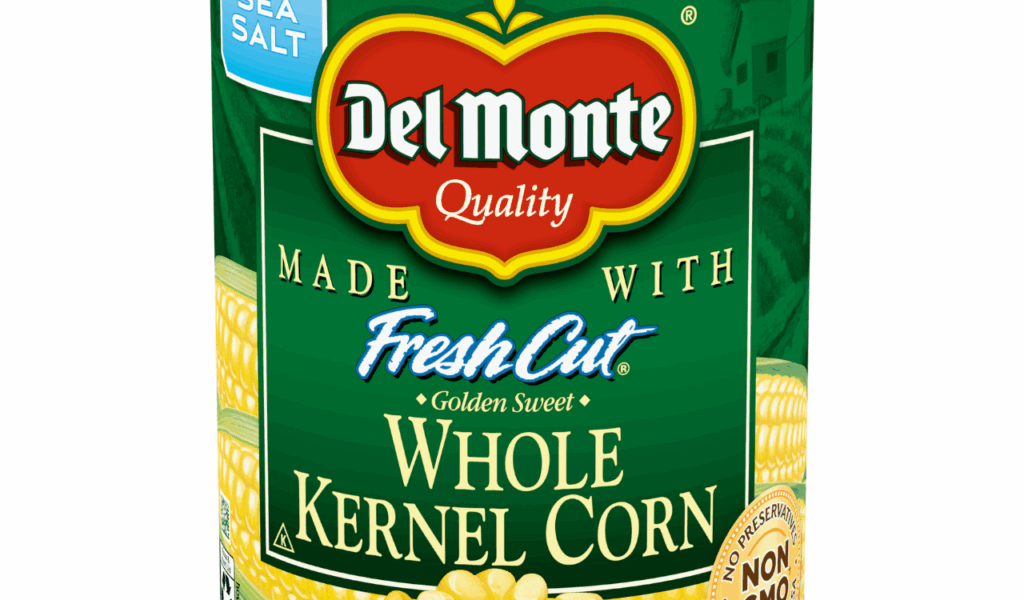
Corn gives food bulk, sweetness, and texture. Add it to salads, casseroles, salsas, fritters, chili, and soups. When protein or fresh vegetables are scarce, it helps extend meals and is simple to drain and add. One of the staple canned foods listed by The Daily Meal is corn. Choose “no salt added” for the healthiest option, or rinse it to cut down on sodium. Corn is a dependable standby because its flavor holds up well in cans over time.
8. Canned Chickpeas (Garbanzo Beans)

Chickpeas are incredibly adaptable. They can be roasted for snacks, mashed into hummus, added to salads, or simmered in stews. They go well with almost any seasoning profile because of their mild flavor. According to Mashed, essential canned lists frequently include beans, chickpeas, or onions. Their fiber content aids in satiety and digestion. Before using, make sure to thoroughly rinse canning liquids to get rid of extra sodium.
9. Canned Olives / Pickled Vegetables
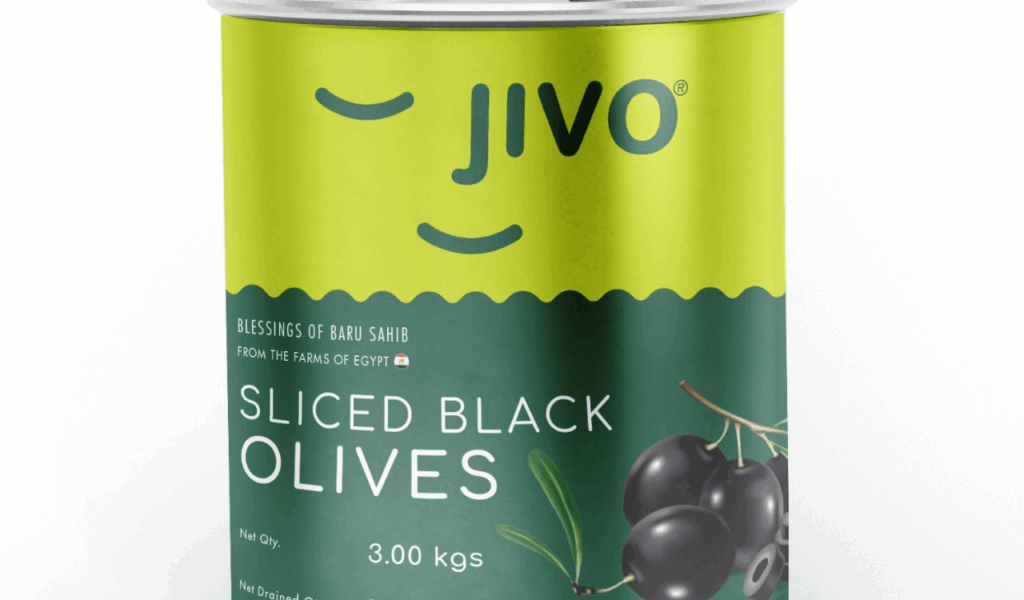
Add acidity, brine, and complexity to salads, pizzas, pastas, and antipasti by using canned (or jarred) olives, artichoke hearts, pickled peppers, or mushrooms. The Daily Meal lists “chipotles in adobo” and other similar preserved vegetables as top canned necessities, despite the fact that they are occasionally disregarded. Because their oils are permeable and absorb scents, keep them tightly sealed and store them away from items that have a strong smell. Once opened, use within a few months.
10. Canned Pumpkin / Squash (Puree)
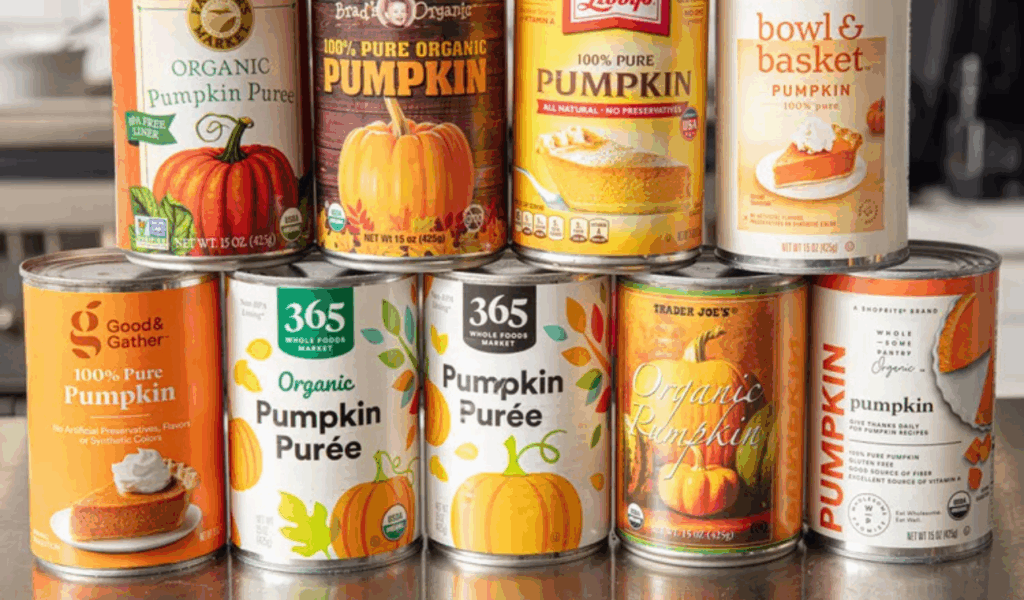
Pureed squash or canned pumpkin (not pie filling) can be used in savory cooking as well as baking. It can be added to pancakes, soups, stews, muffins, and sauces to thicken them. It provides body without the need for additional cream thanks to its thick texture and subtle sweetness. Pureed vegetables are a common addition to pantry lists due to their versatility. To avoid added sugars or fillers, make sure the can states “puree” or “100% pumpkin.”
11. Canned Fruit (Pineapple, Peaches, etc.)

Fruits in cans, such as pineapple, peaches, pears, or fruit cocktail, make easy additions to breakfast bowls, smoothie ingredients, or dessert options. They add color to breakfasts, glazes, and desserts when fresh seasonal fruit isn’t available. Diced or crushed pineapple is referred to as a “tropical twist” canned staple by Warehouse115. For healthier use, choose fruits with light syrup or juice instead of heavy syrup, and rinse or drain any extra syrup before using.
12. Canned Evaporated Milk / Sweetened Condensed Milk
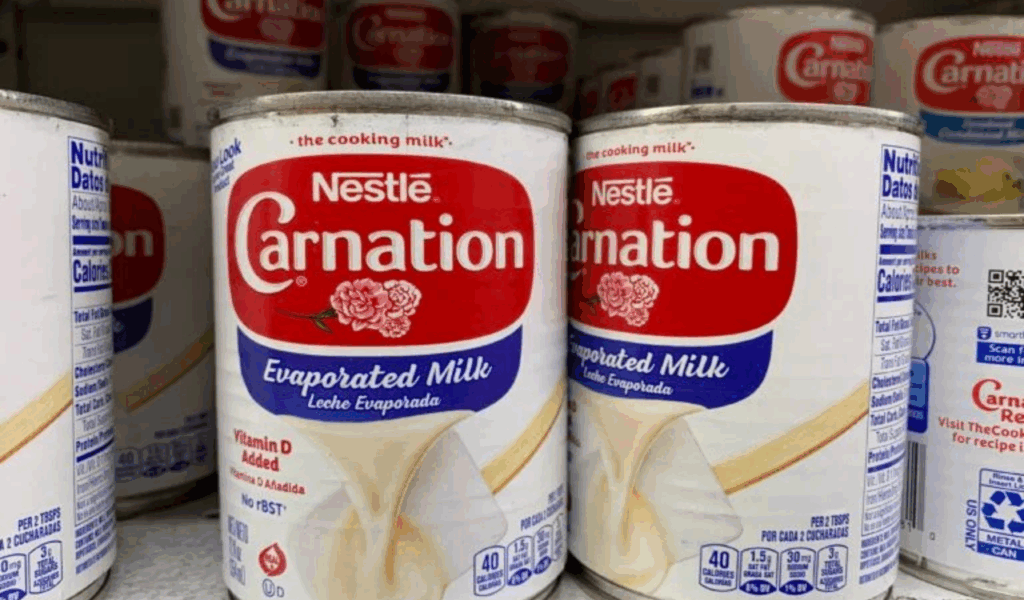
These are necessary when making creamy sauces, baking, or desserts. Condensed milk adds moisture and sweetness, while evaporated milk adds richness with less volume. Canned milk is one of the most popular pantry essentials in Warehouse 115. When fresh milk is unavailable, use evaporated milk in casseroles, soups, and quiches. Condensed milk can be used in pies, fudge, and other desserts. After opening, store any leftovers in the refrigerator in an airtight container and use right away.
13. Canned Fire‑Roasted Chiles / Chipotles / Tomato with Chilies
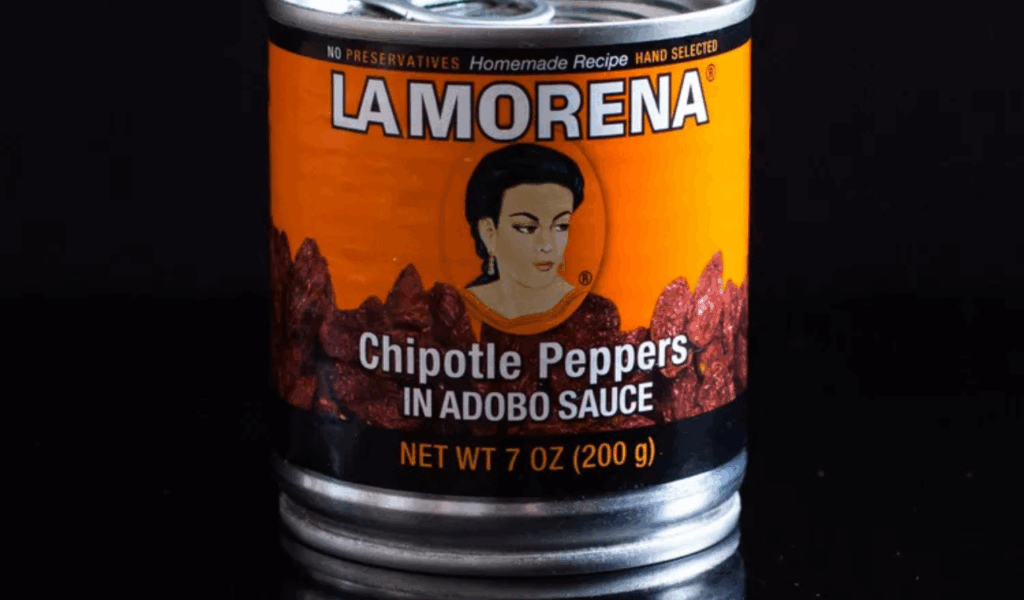
Chipotle peppers or canned fire-roasted chiles are essential for adding depth, smokiness, and spice to adobo. With little work, they improve marinades, beans, salsas, stews, and sauces. In particular, Warehouse115 suggests fire-roasted chilies. To begin, use sparingly because a little goes a long way. Keep leftovers in tightly sealed jars; glass works best because the oils can discolor plastics.
